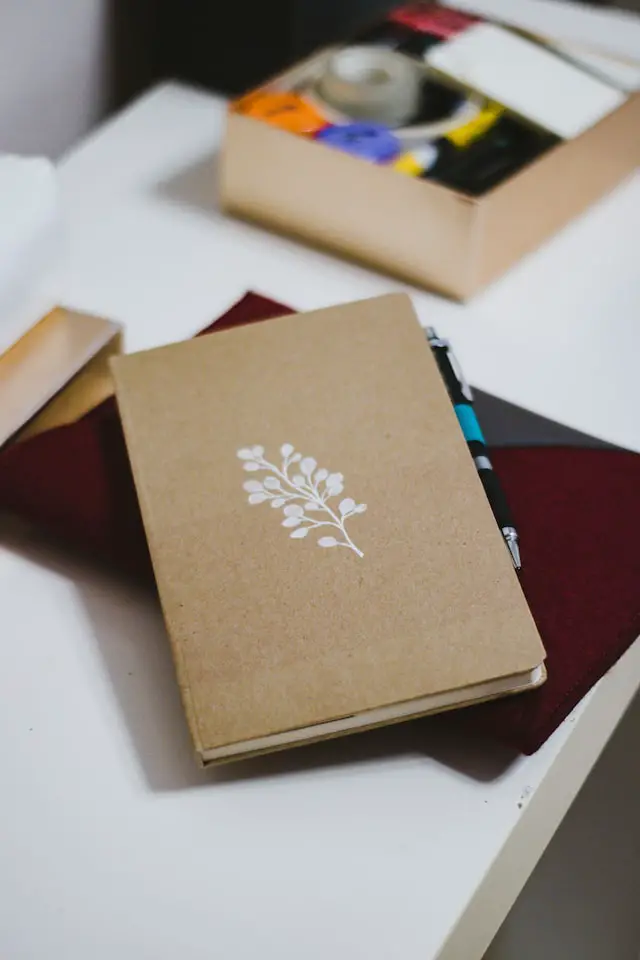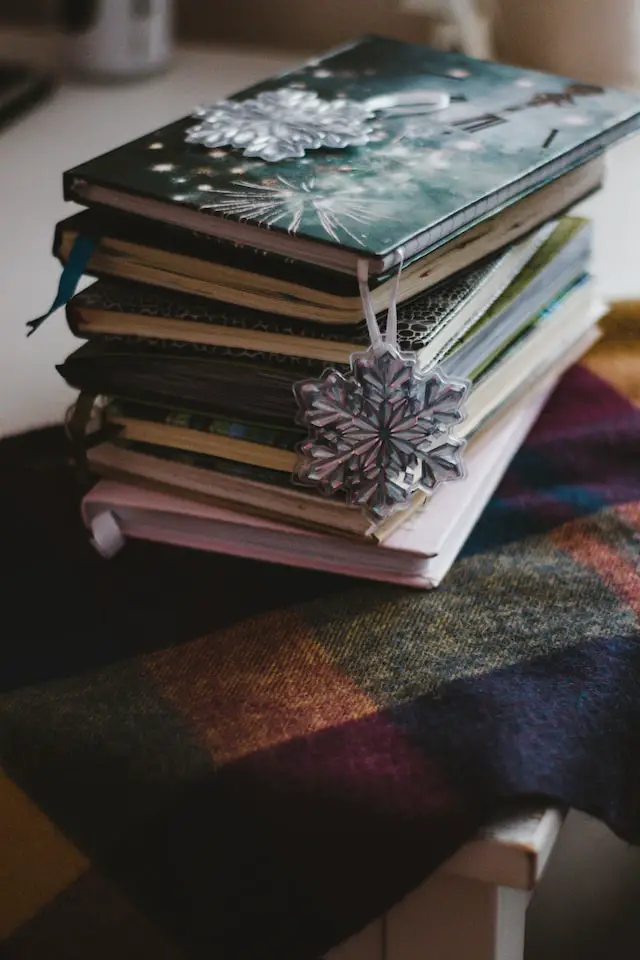As people become more aware of the environment, we all look for ways to have less of an effect on it.
In order to lower your carbon footprint, it is necessary to make both large and small changes.
One of the changes you may make is to reuse and recycle your old belongings. Almost wherever we go, we are surrounded by notebooks.
They are used at home, in offices, and in schools. Given the short lifespan of notebooks and diaries, the issue of “can they be recycled?” arises.
Managing Different Covers
Most magazines are bound with a spiral or coil, but the jackets can be different. Some may be covered with leather, some with canvas or vinyl, and still others with wood.
The good thing is that they are all recyclable. So, when you talk to professionals about recycling paper, you can also give them the book jackets you have found.
However, certain facilities do not recycle certain materials, like leather and canvas. If you find yourself in this situation, repurpose the non-recyclable items rather than discarding them.
For example, you can give the leather or canvas to a tiny factory that is just starting up.

You can also talk to schools and non-profit organizations in your area to see if they can use any of the resources for different things.
Frequently, institutes accept seemingly useless items for set design in theatrical productions. Believe it or not, even the tiniest, seemingly insignificant object can be used as a prop or in addition to other props.
Therefore, don’t consider anything useless and discard it; instead, look for creative ways to utilize it.
Can They Be Placed In The Recycling Bin?
Everyone would agree that books play a vital role in their lives, but it is also true that all good things must come to an end.
Regardless of the circumstance, it is obvious that books belong in the recycling bin. The pulp and paper used to manufacture books are renewable materials that can be recycled and reused nine times.

Therefore, recycling books by placing them in a recycling bin is permissible. There are, however, alternatives to recycling when it comes to these periodicals.
As long as you have access to a good recycling facility, book recycling is always a possibility, as you can always find something similar to convert those books into something worthwhile again.
Recycling An Old Journal
Recycling may appear complicated, but it is not. Local recycling facilities will take care of everything else if you properly compartmentalize the components.
Journals come in a variety of sizes, shapes, and styles. This necessitates a distinct preparation for each type of recyclable material.
Before their paper can be recycled, spiral-bound periodicals must be disassembled. This is a rather basic task.
Place your journal on a desk so that the binding protrudes past the edge. Place a heavy object on the notebook’s cover to prevent it from shifting. Find the ends of the wire that are tied or crimped to hold the entire structure together.

Since getting rid of it is hard work, cut the knot and pull the wire as hard as you can. Once the metal spiral is removed, the remaining components can be separated.
You’ll likely have a plastic or cardboard cover for your journals; remove it and arrange all the papers you get after disassembling them.
You can make things like paper clips and hooks for ornaments out of the metal coil. It can also be used to produce jewelry, which is a delightful hobby for children.
For the remaining items, such as paper and bookcases, contact the regional recycling organization and let them handle the remaining tasks.
How To Recycle A Notebook?
Notebooks are also known as reporter’s notebooks, steno pads, and wire-bound notebooks. Typically, they feature cardboard covers to safeguard the paper.
Despite the fact that notebooks exist in a variety of sizes, they all feature a side that binds the paper together or a coil at the top. When these were initially introduced to the market, the coil was always made of metal.
Now, the coil is occasionally made of plastic. The light or white-colored lined paper in a spiral notebook can be recycled the same way that other paper can. Even paper with colorful ink is OK.
The cardboard on the back of spiral notebooks can also be placed in your recycling bin. Some communities, such as Connecticut, and New Haven, permit consumers to leave spiral bindings intact.
In some places, like Seattle, the spiral binding must be taken off before the notebook can be put in the bin.

You may even attempt to reuse it in a garden or store. The plastic from a spiral-bound notebook must be discarded. If your notebook came with a plastic cover, take it off and throw it away the right way.
These plastic covers are not recyclable. Dark-colored or black spiral notebooks were available for purchase at one point. On paper, artists might utilize metallic ink or gel pens.
Even though these brightly colored sheets are fun to look at, most recycling centers won’t take them.
It was explained that they include a substance known as “beating dyes,” and that paper makers are unable to remove these dyes when recycling paper into new products.
Conclusion
If you have a large number of notebooks, notepads, and journals at home or in the office, the good news is that they may be recycled.
Most notebooks can be recycled, so you don’t have to throw them away all at once. However, you should be aware that different manufacturers construct notebooks differently.
As a result of technological and creative advancements, notebooks are no longer as simple as they once were. There are books on the market right now with brightly colored paper, spiral designs, and many different types of covers.
These complicated designs are made of materials that can’t be put in the same curbside bin. Various notebooks feature metal rings, highly colored pages, cardboard covers, etc. Some of them also have plastic covers.





